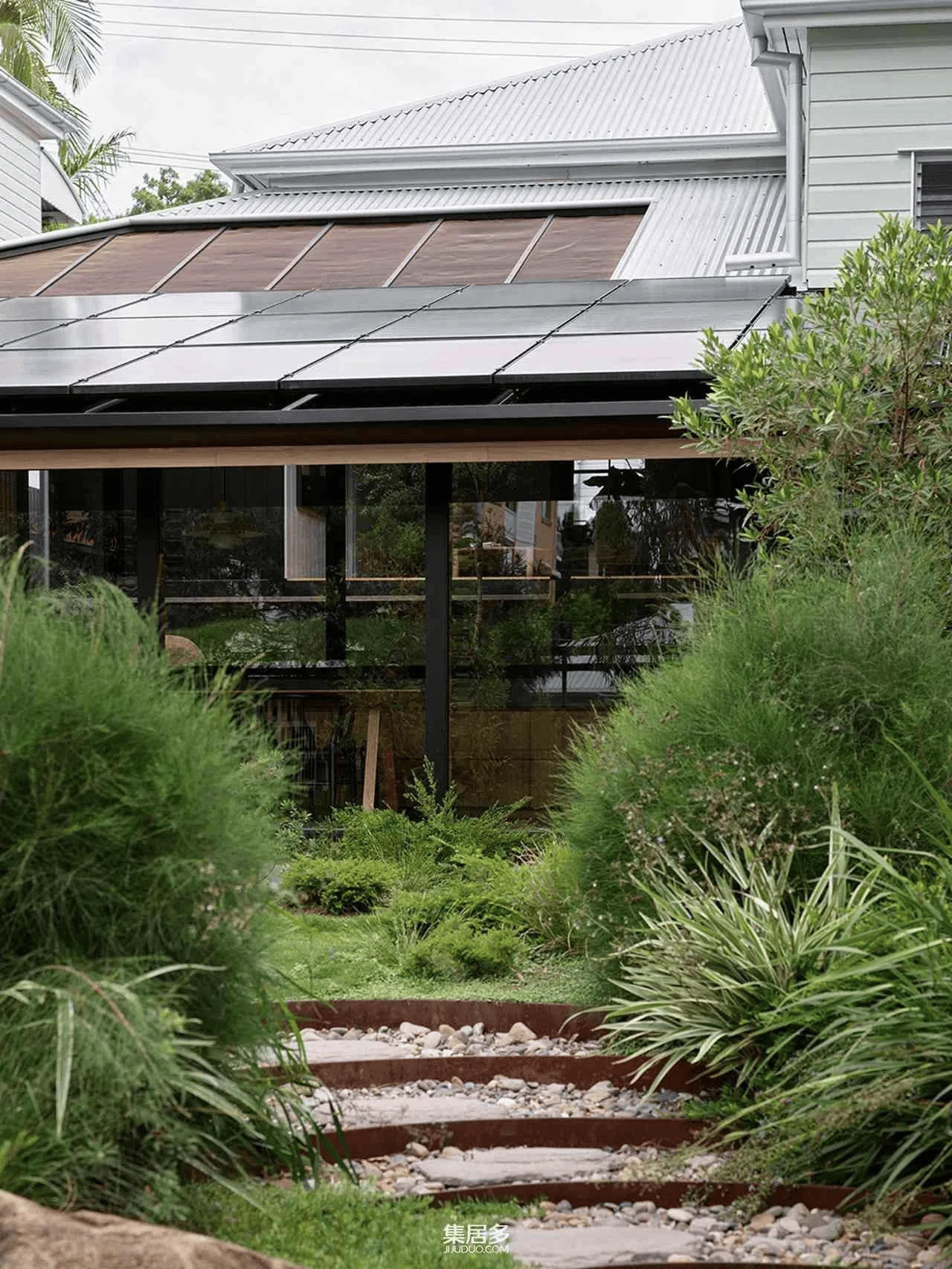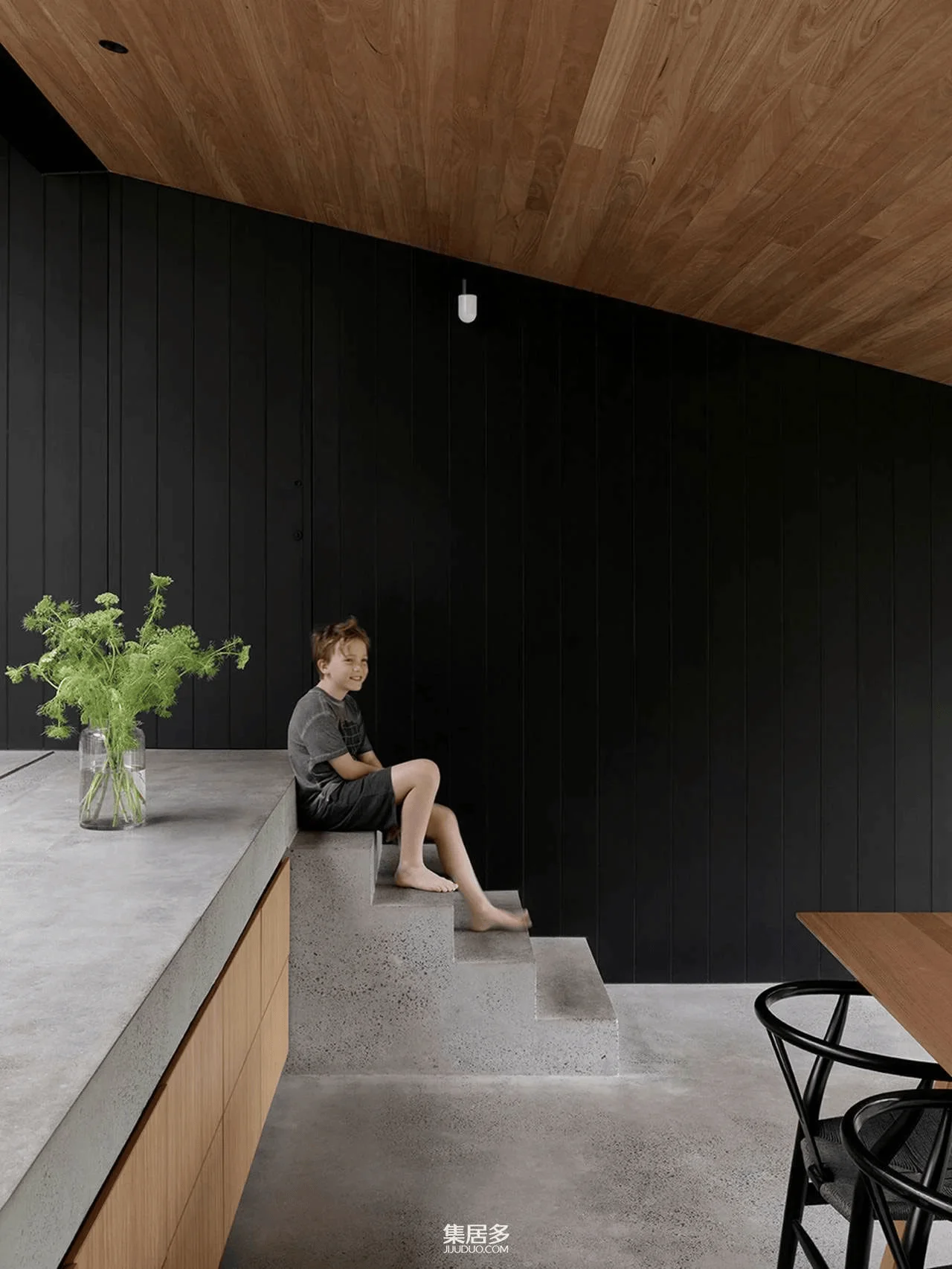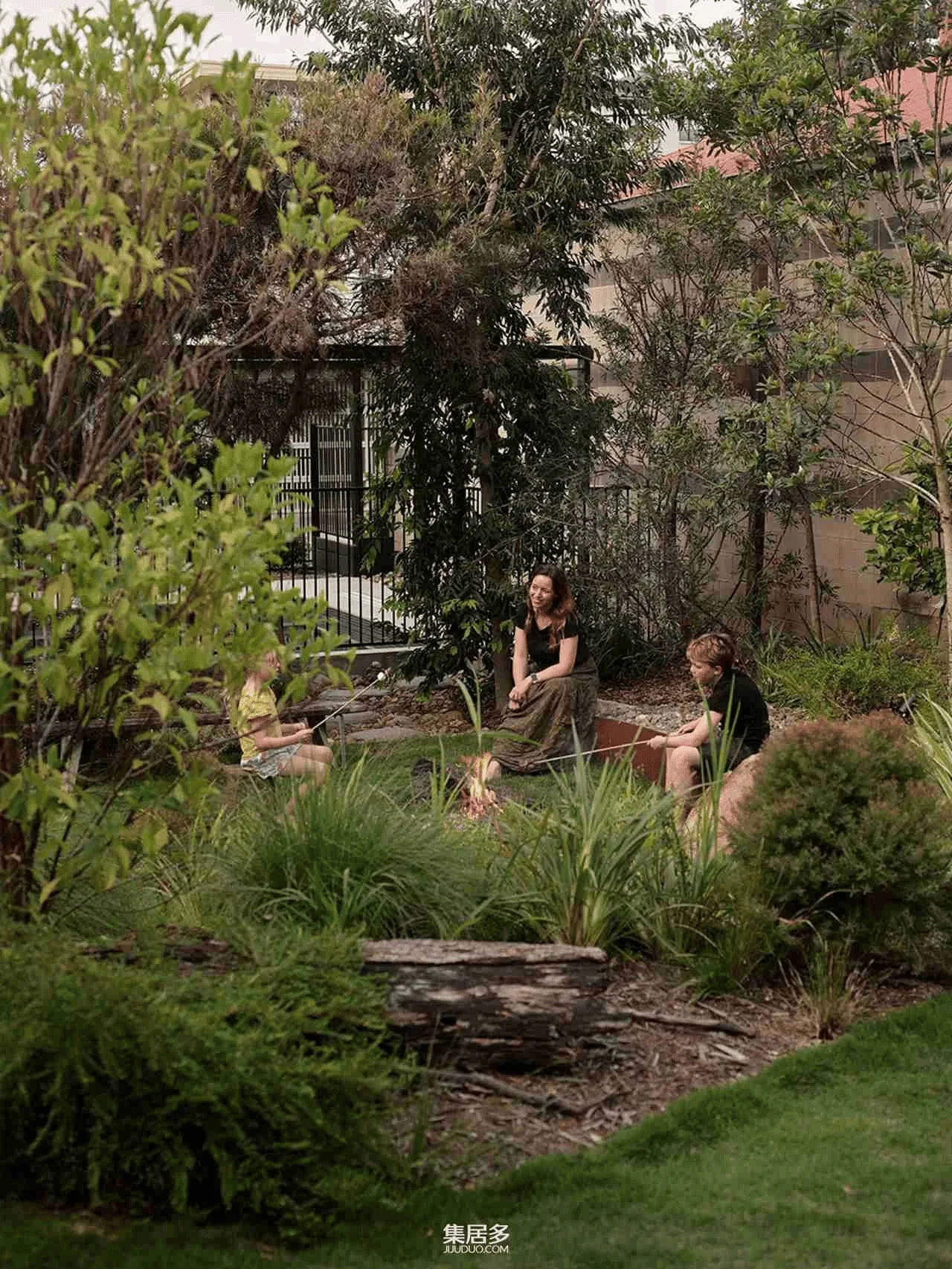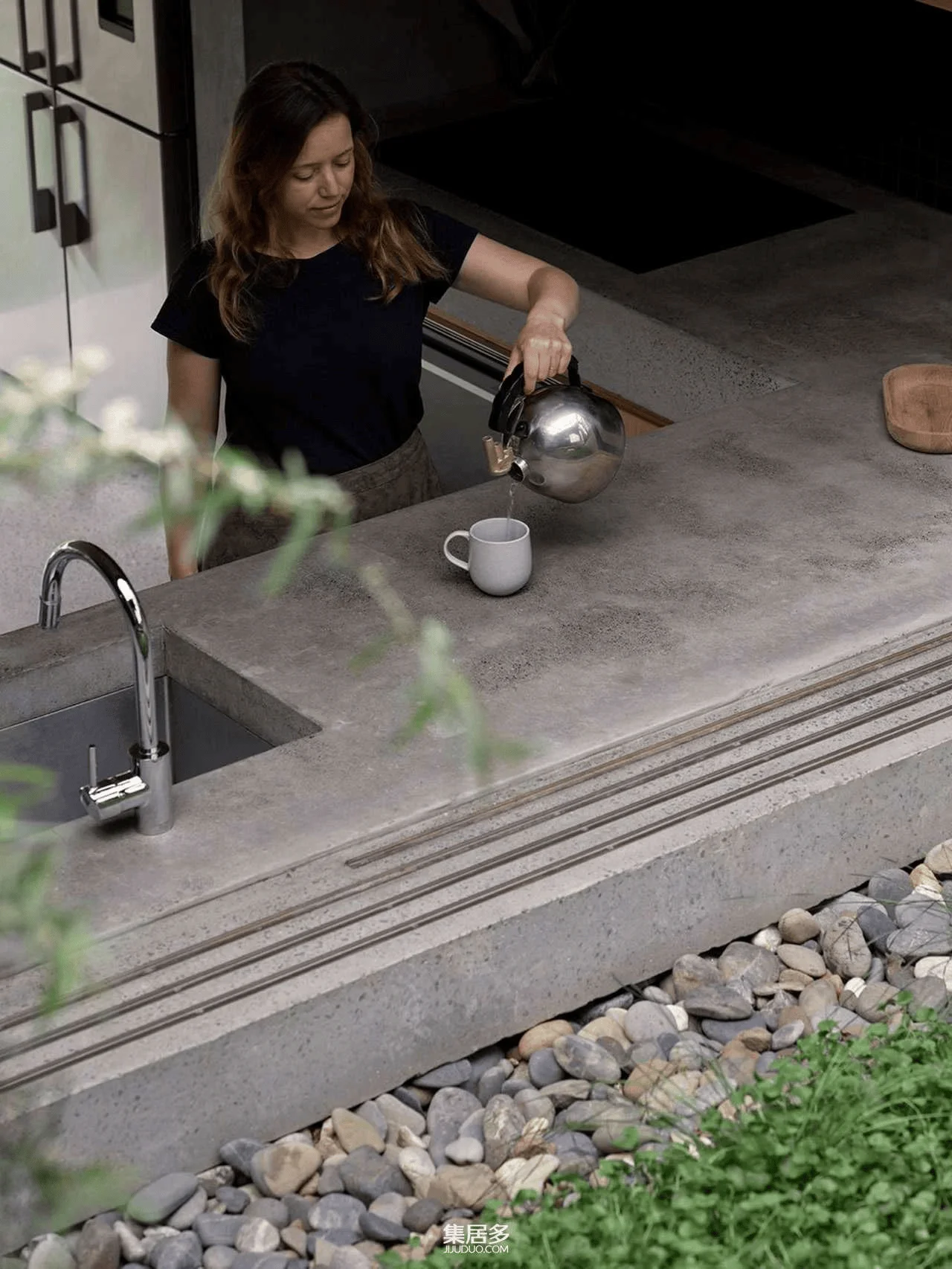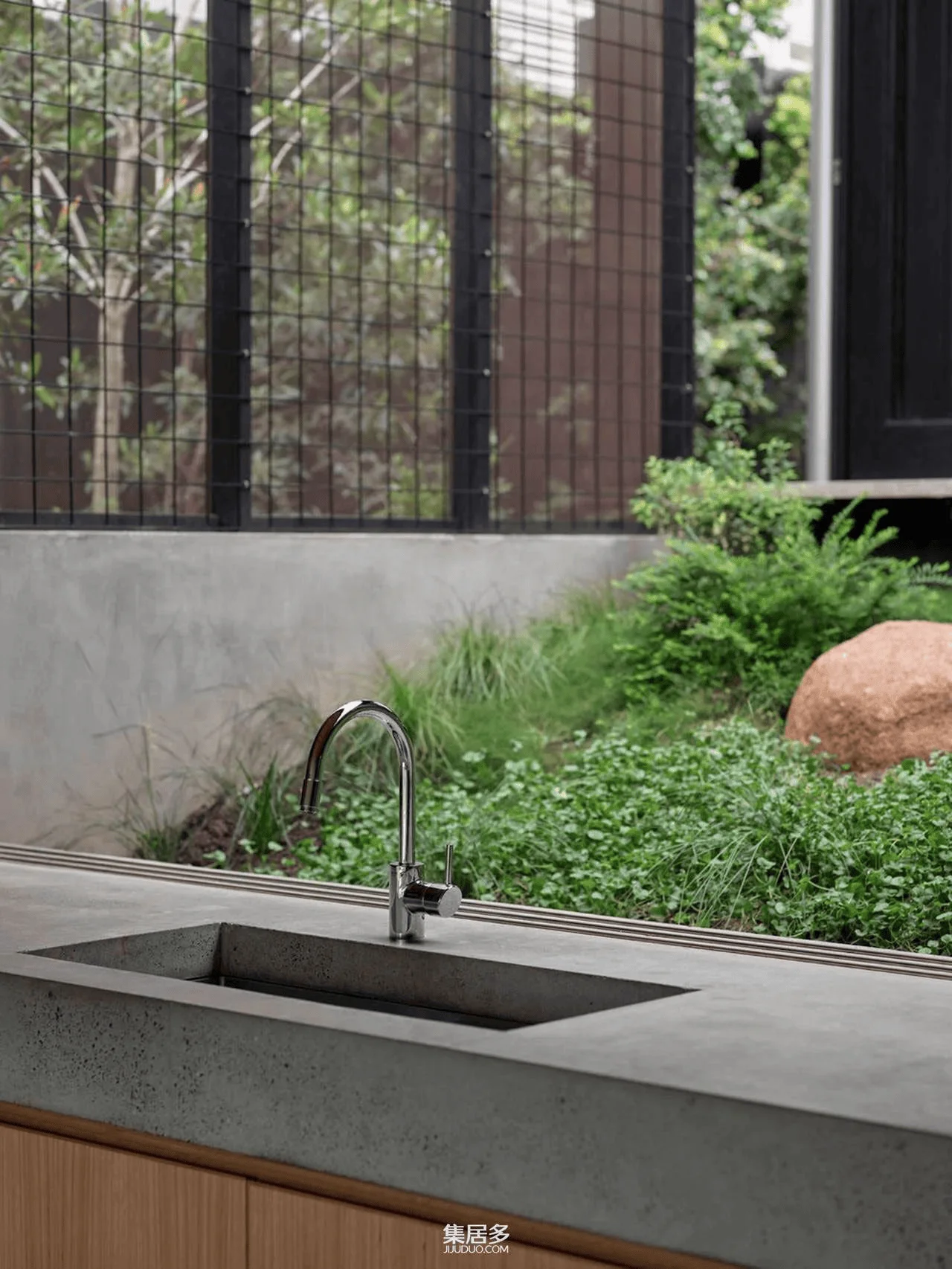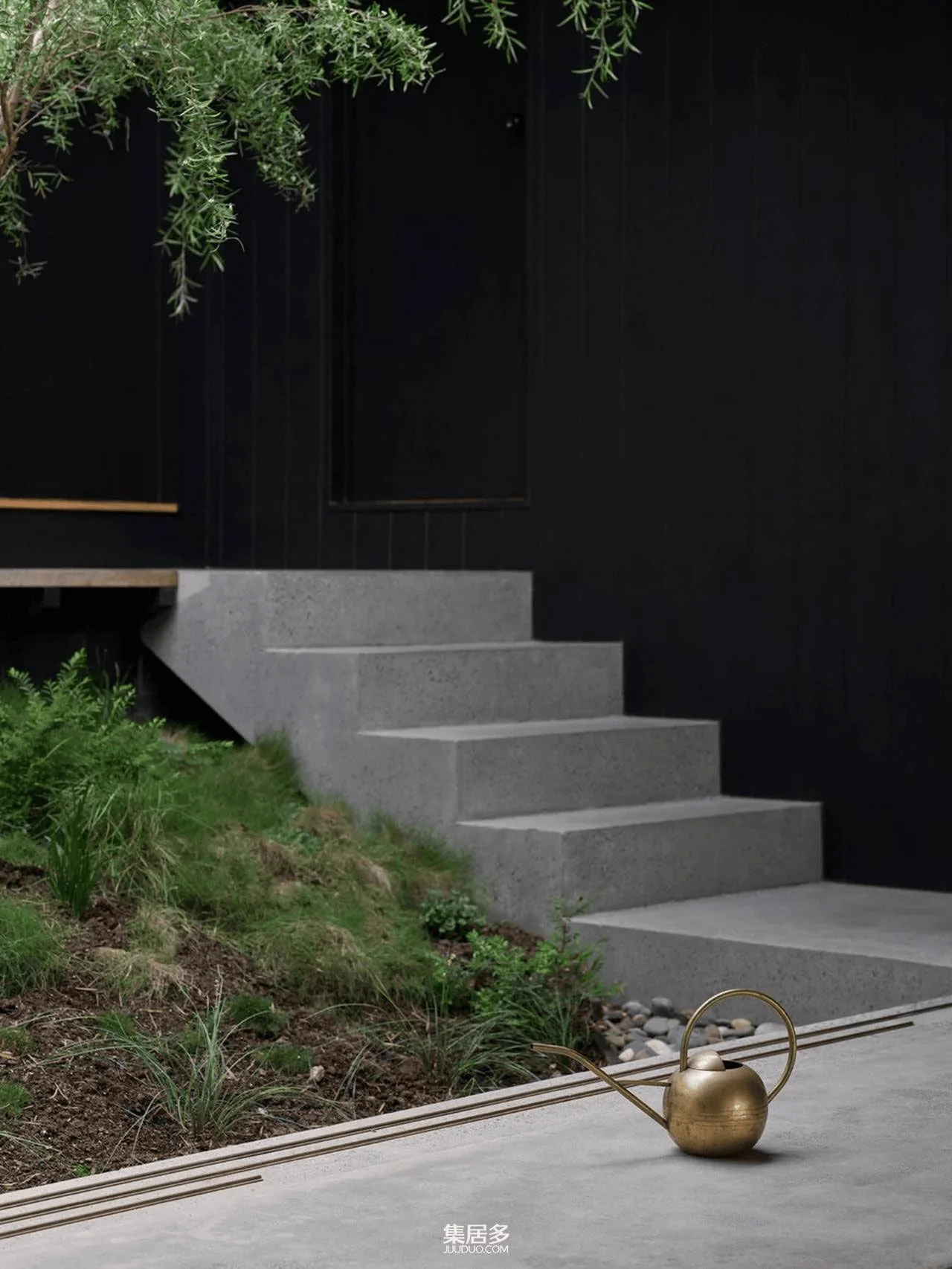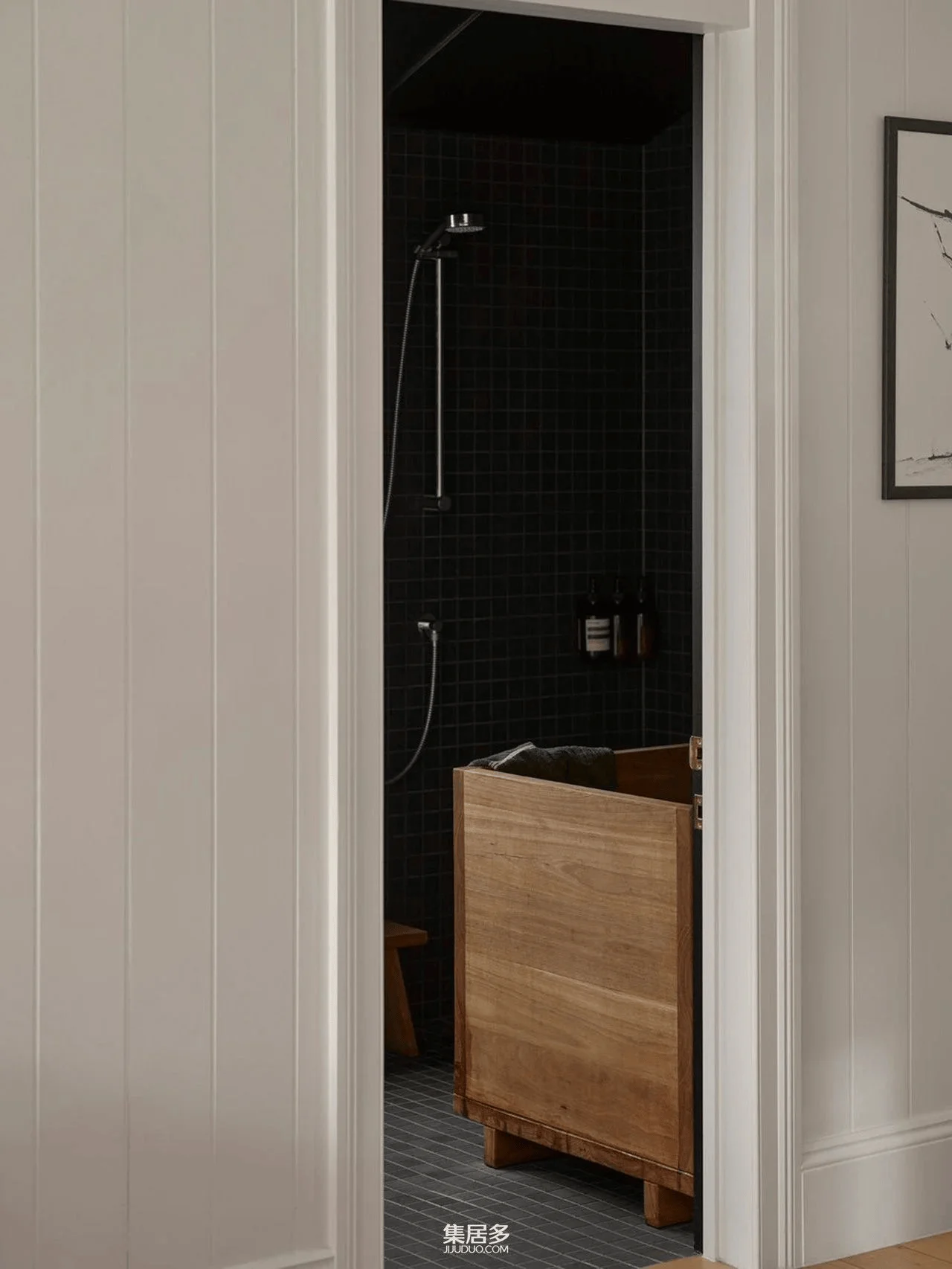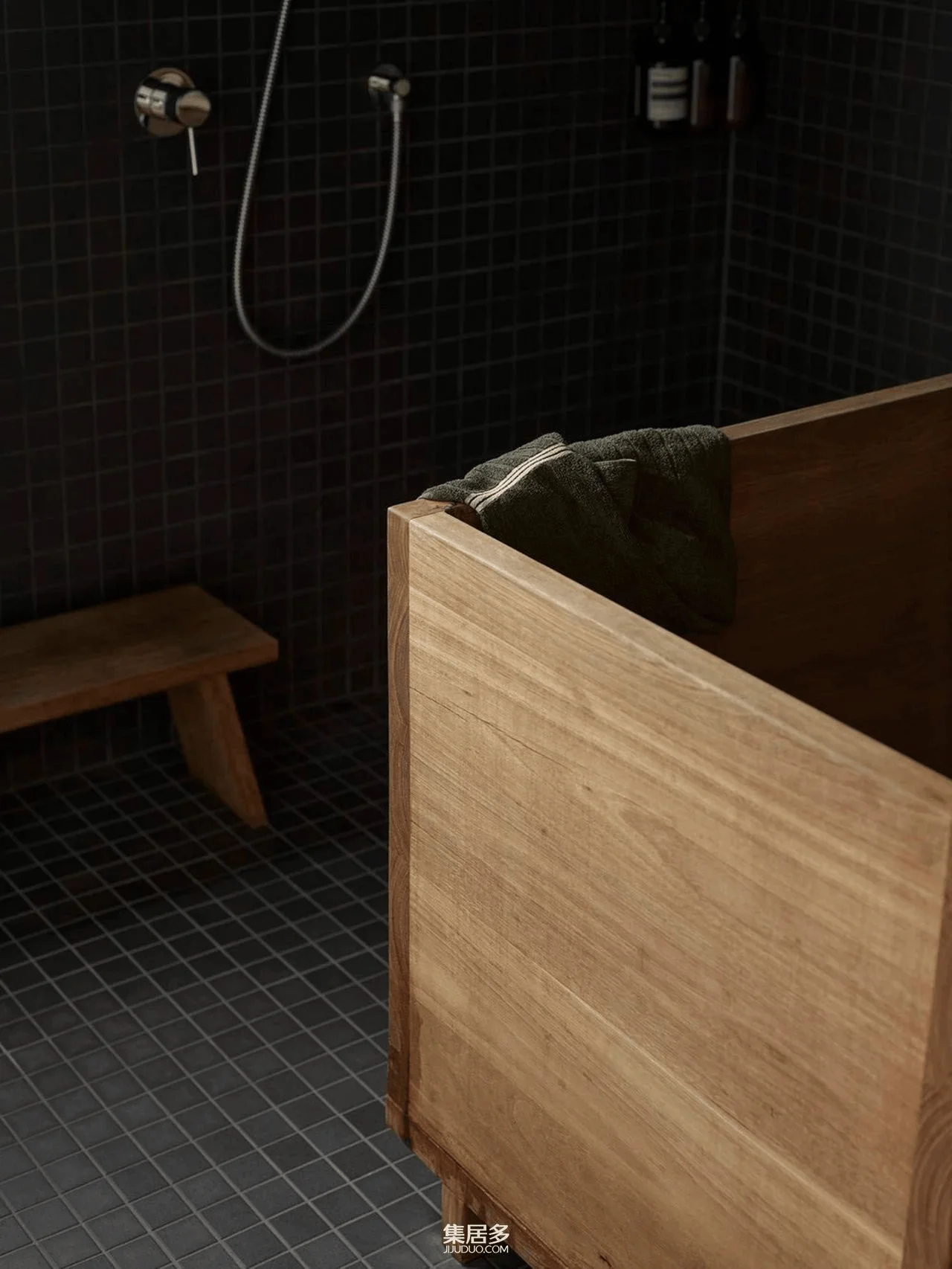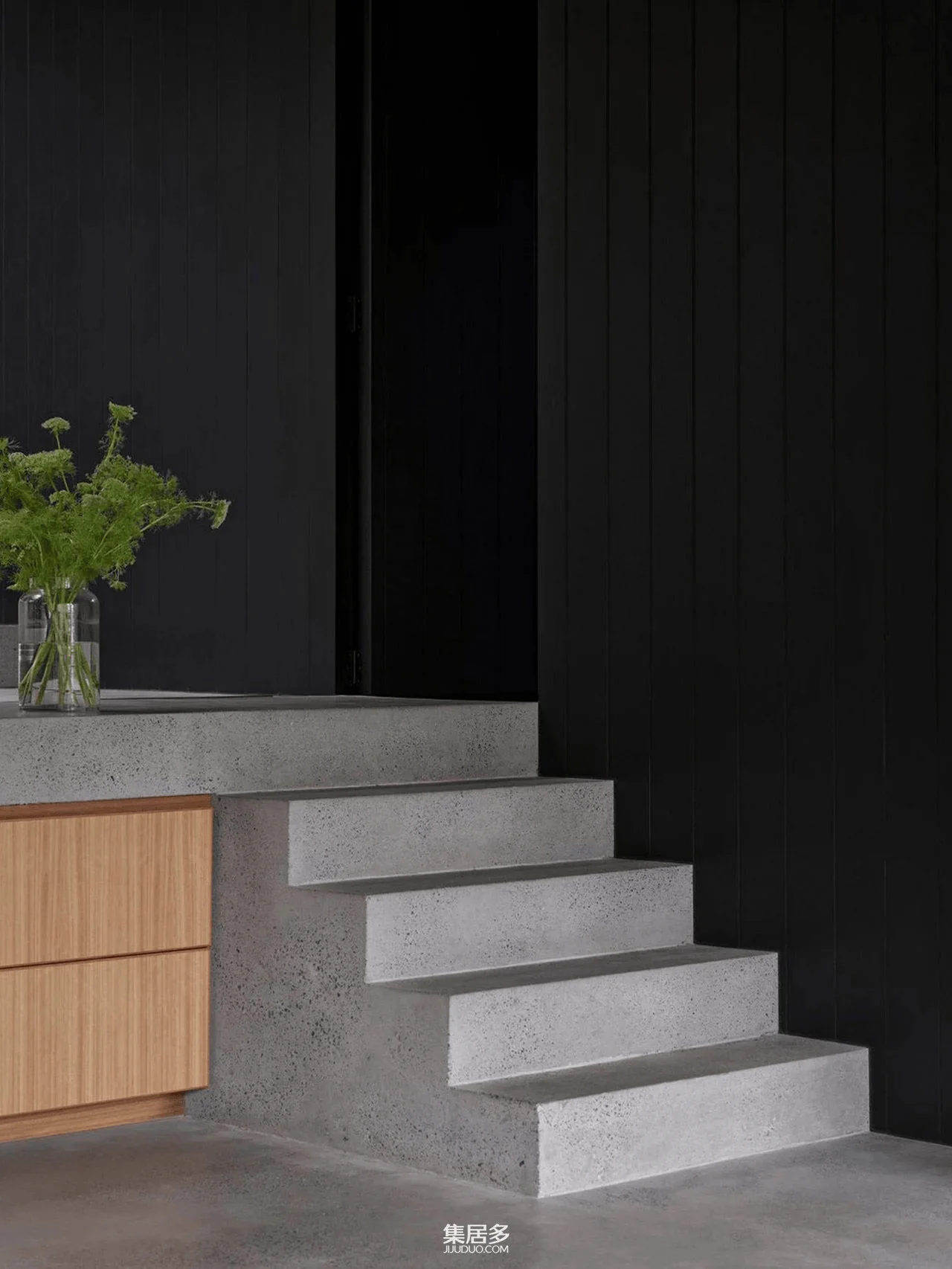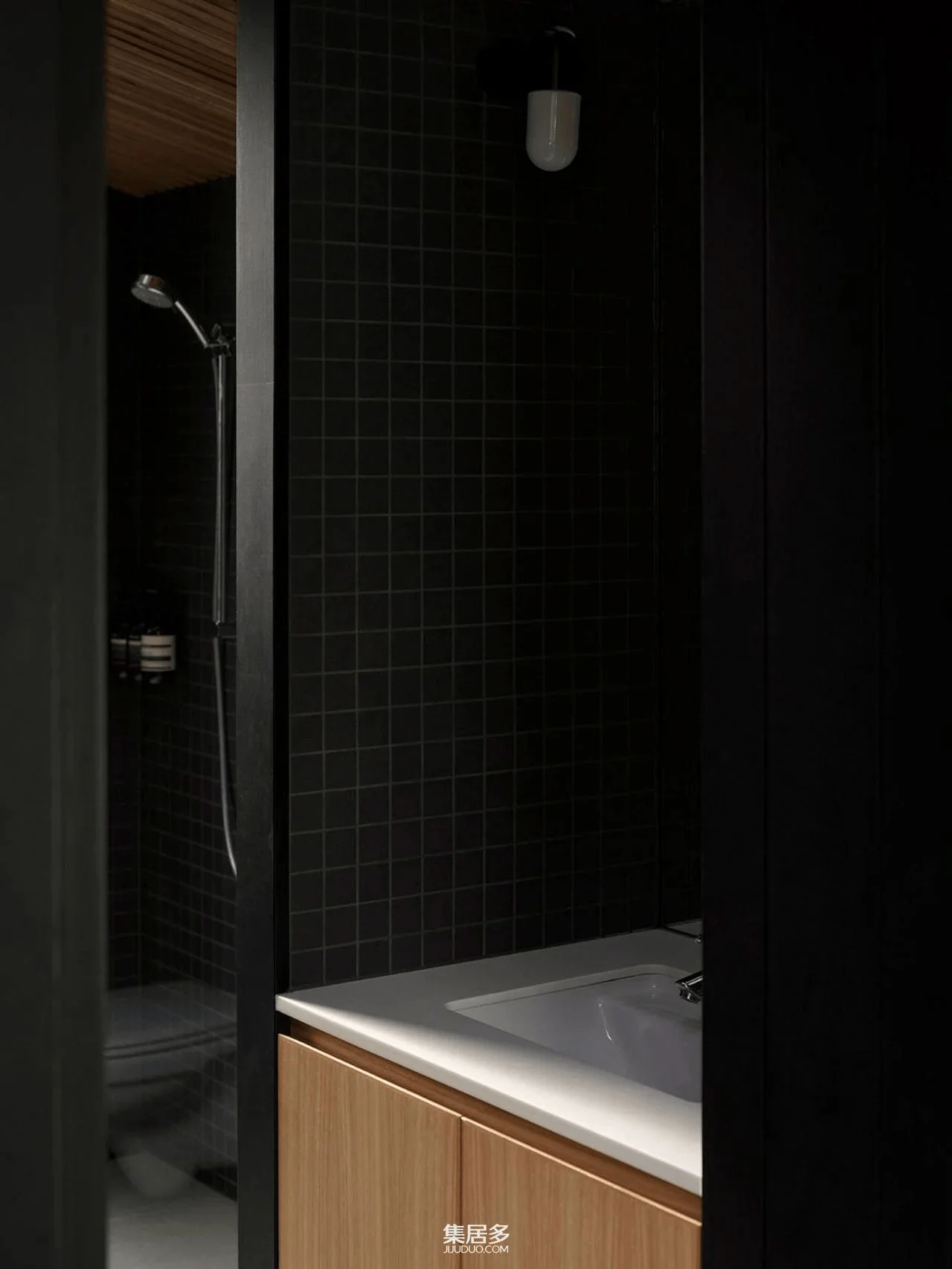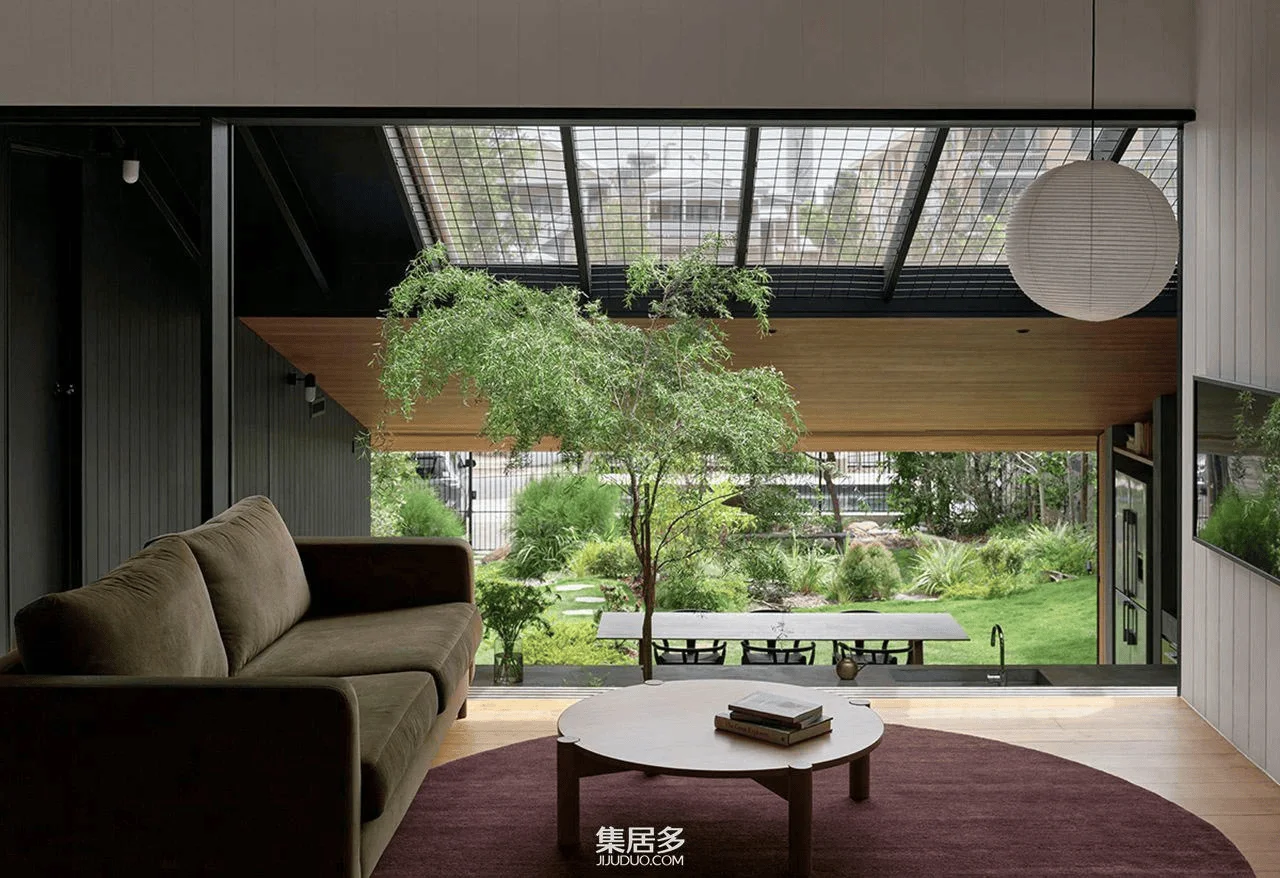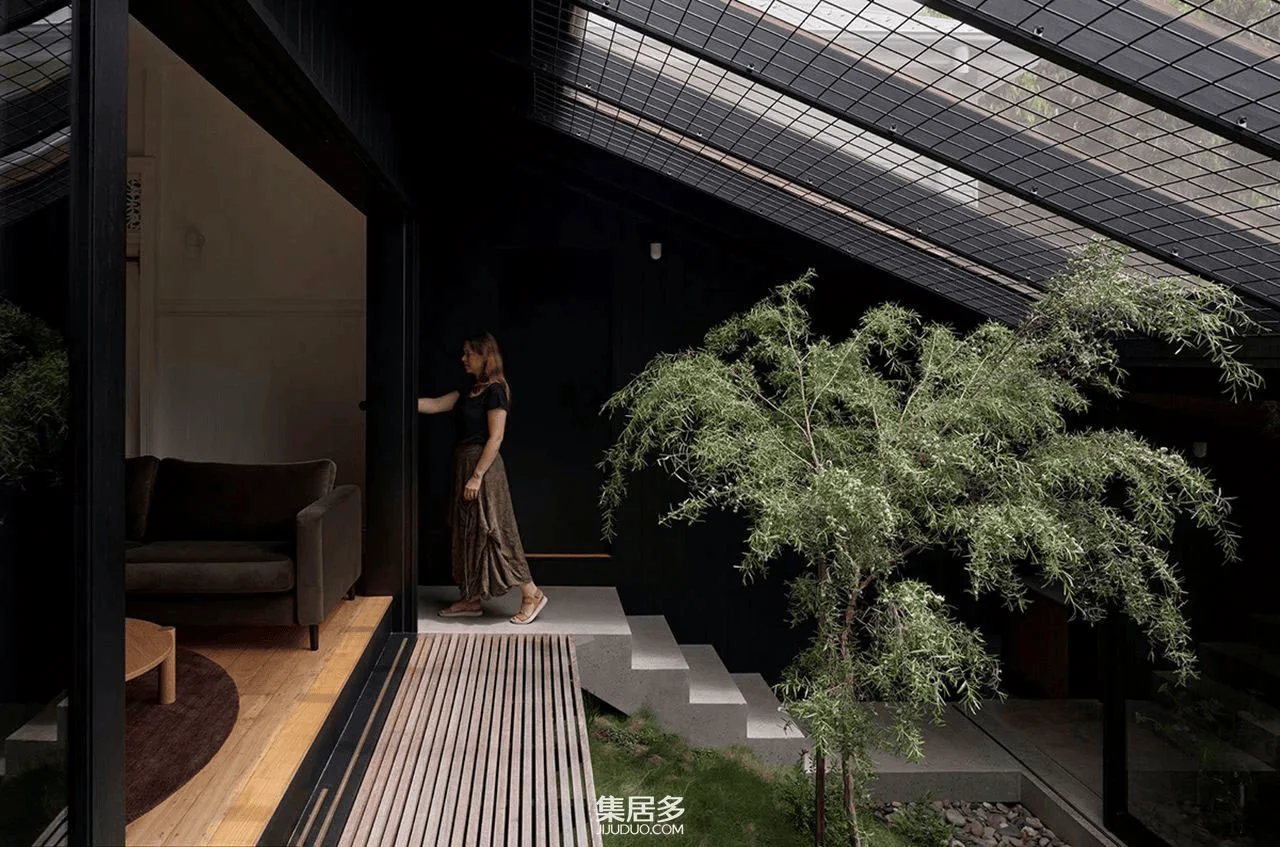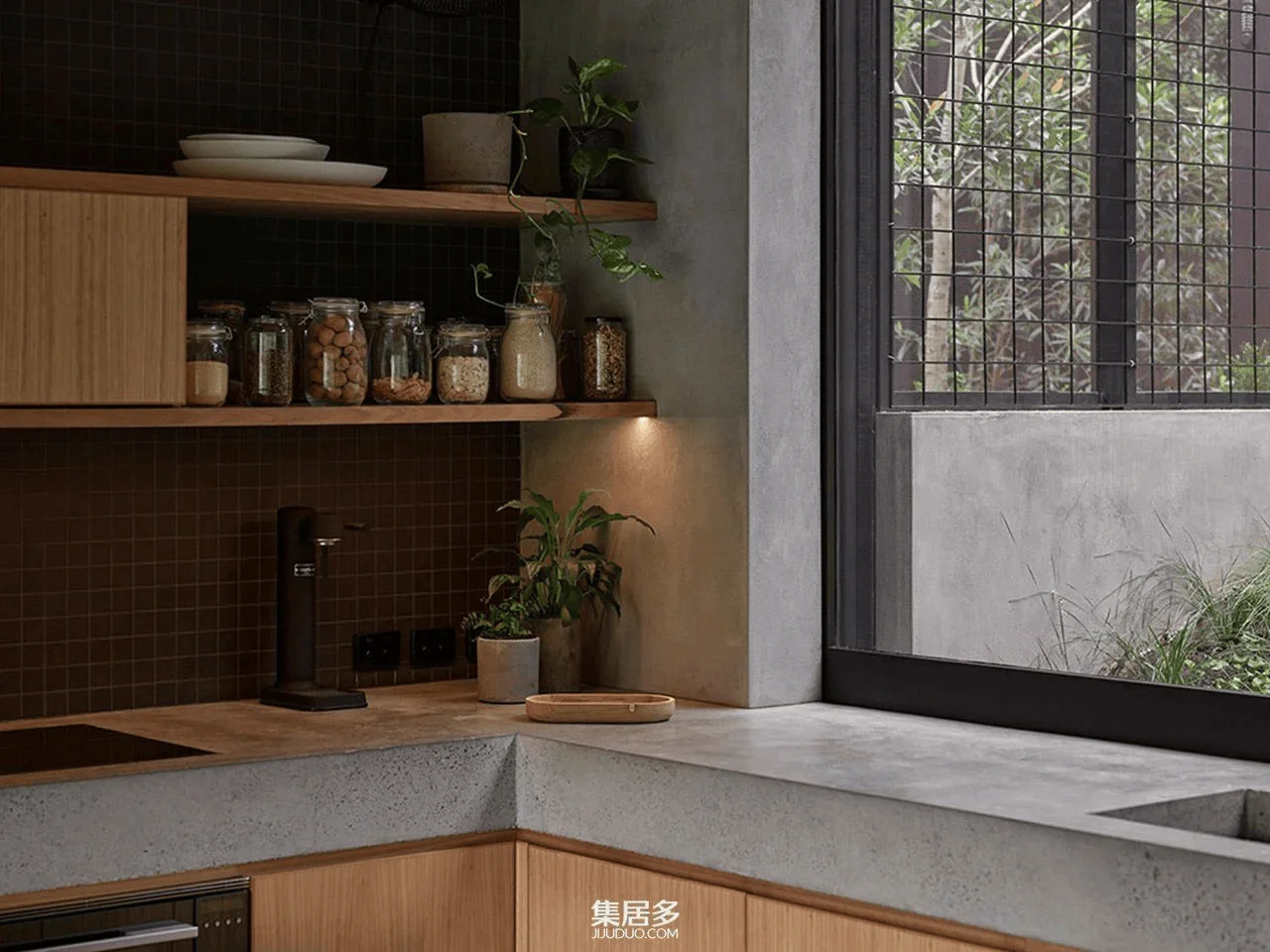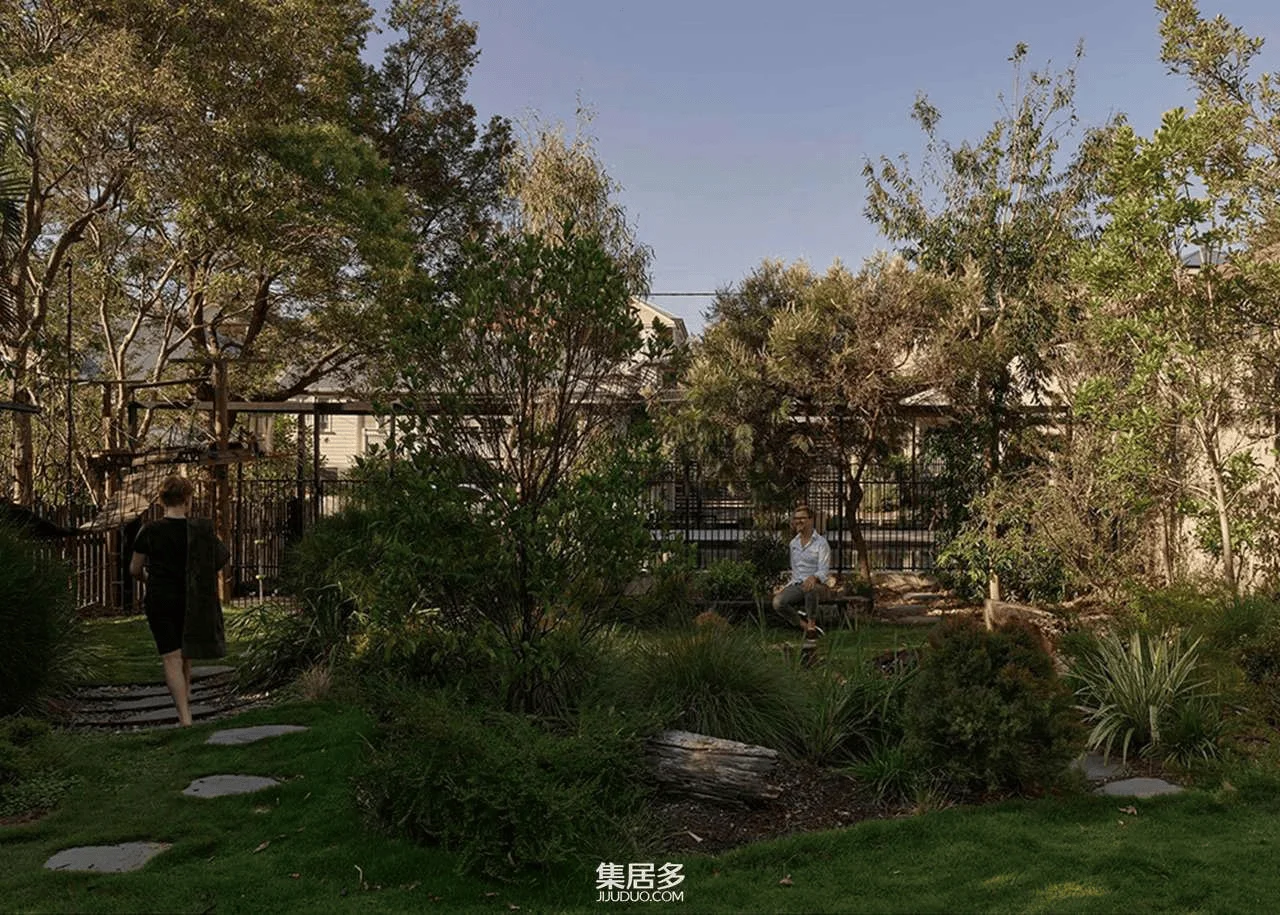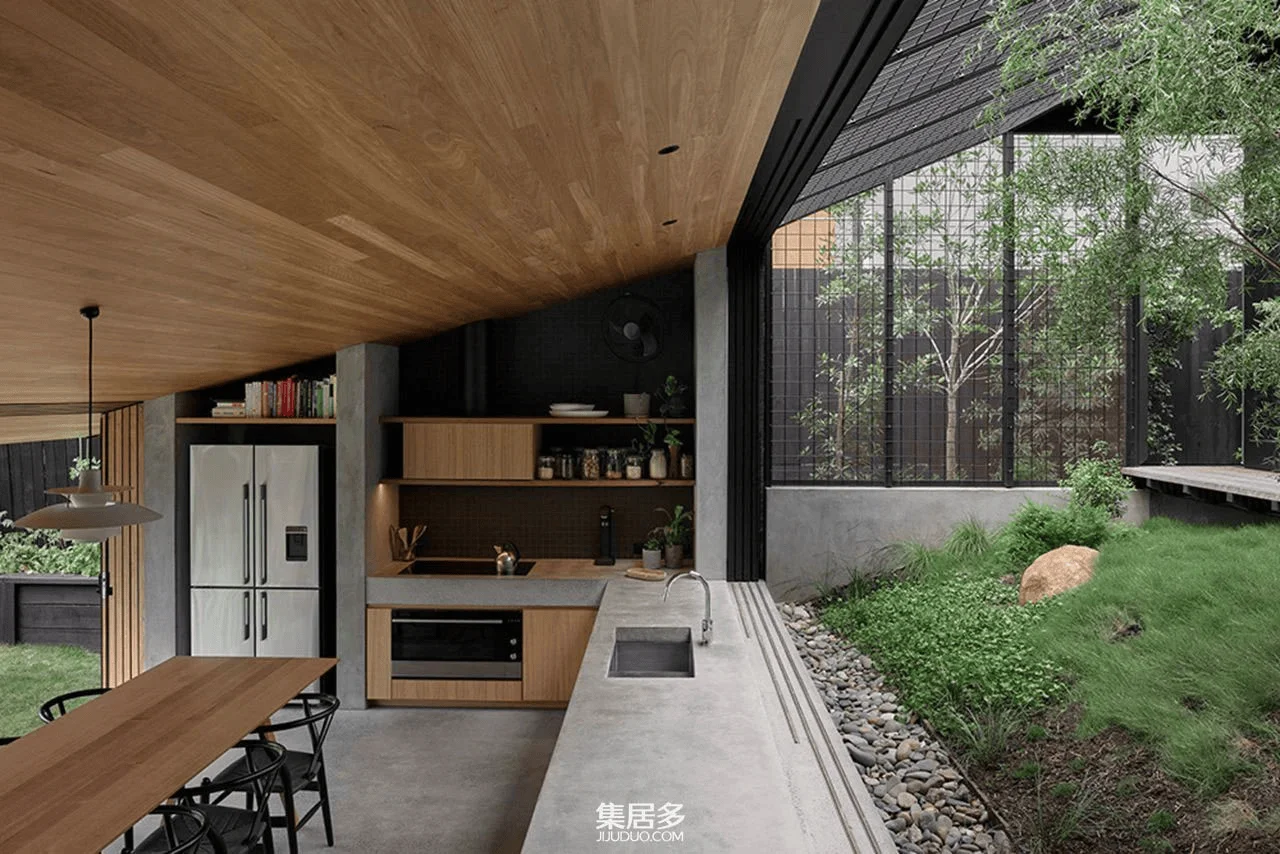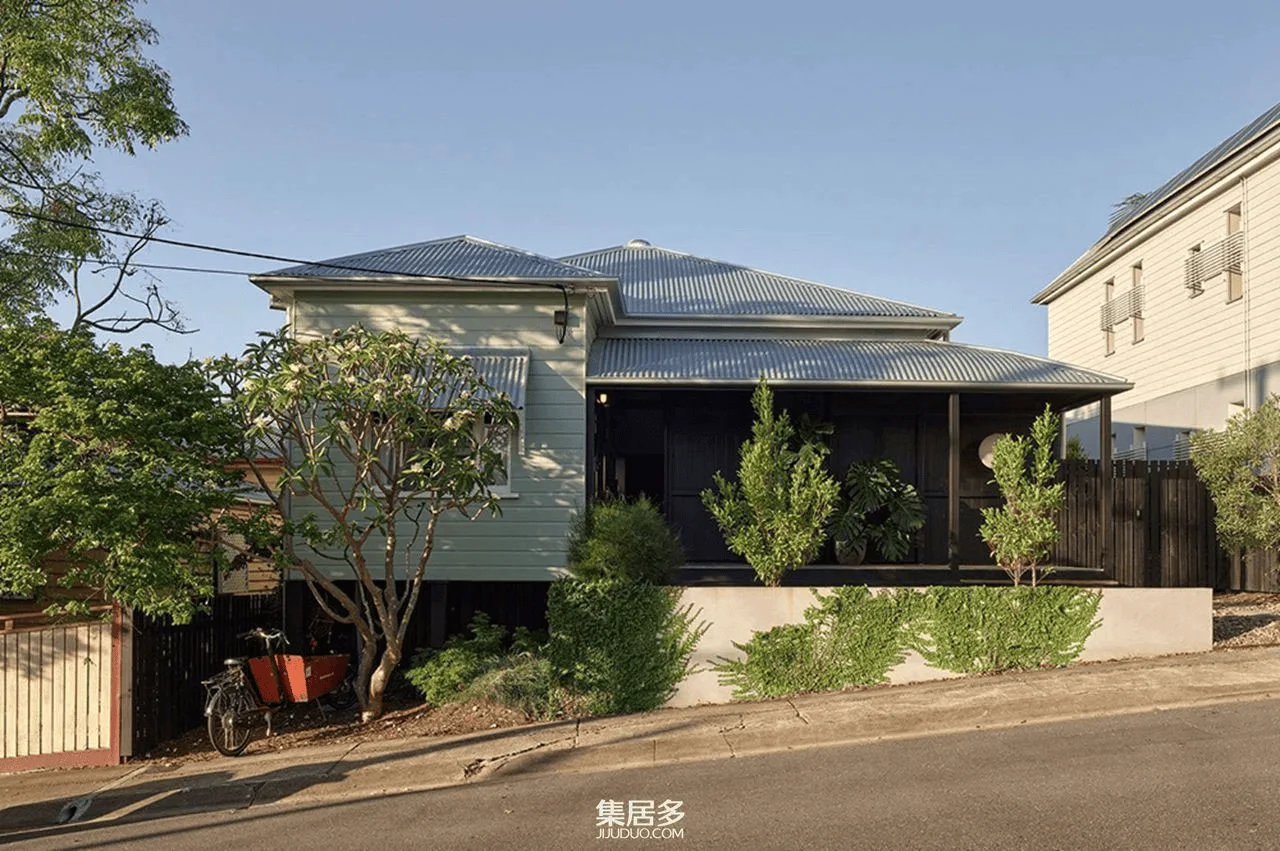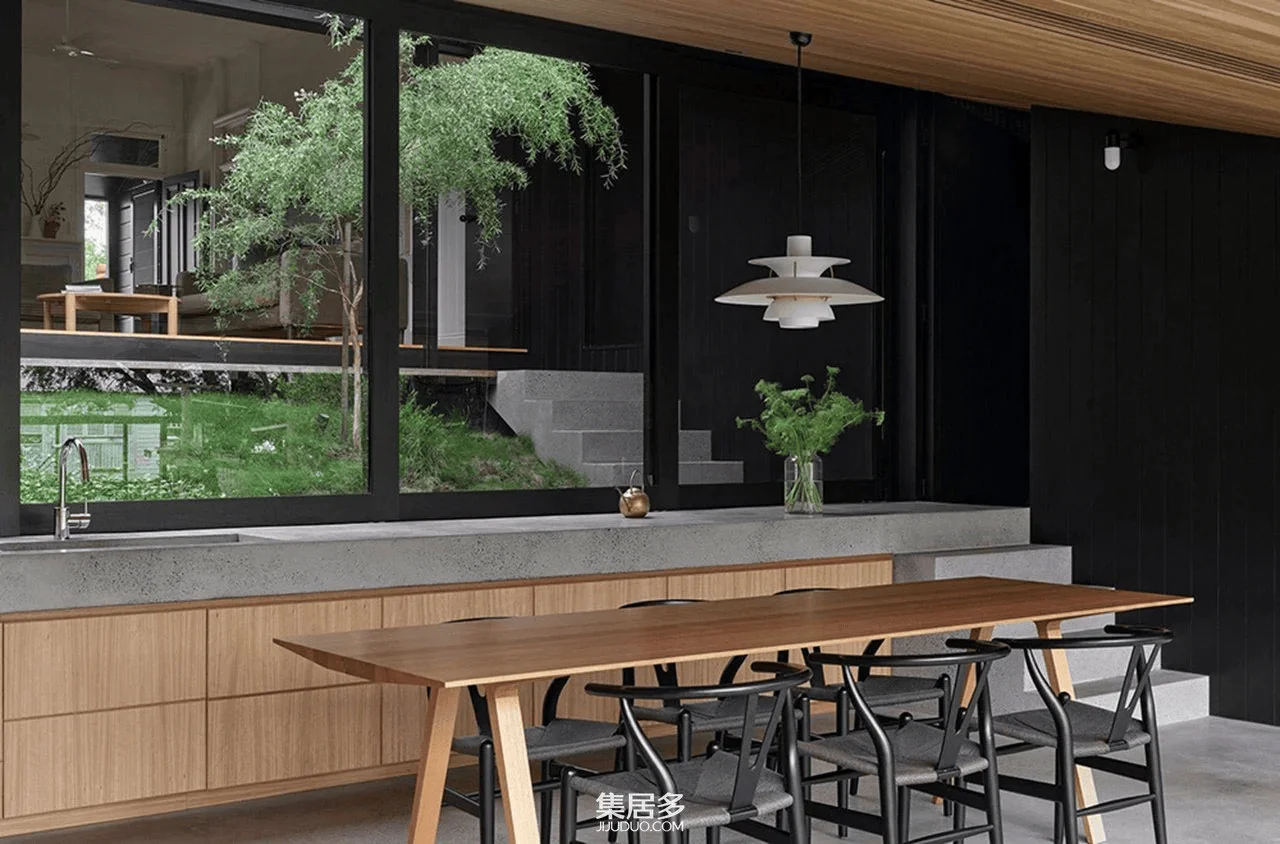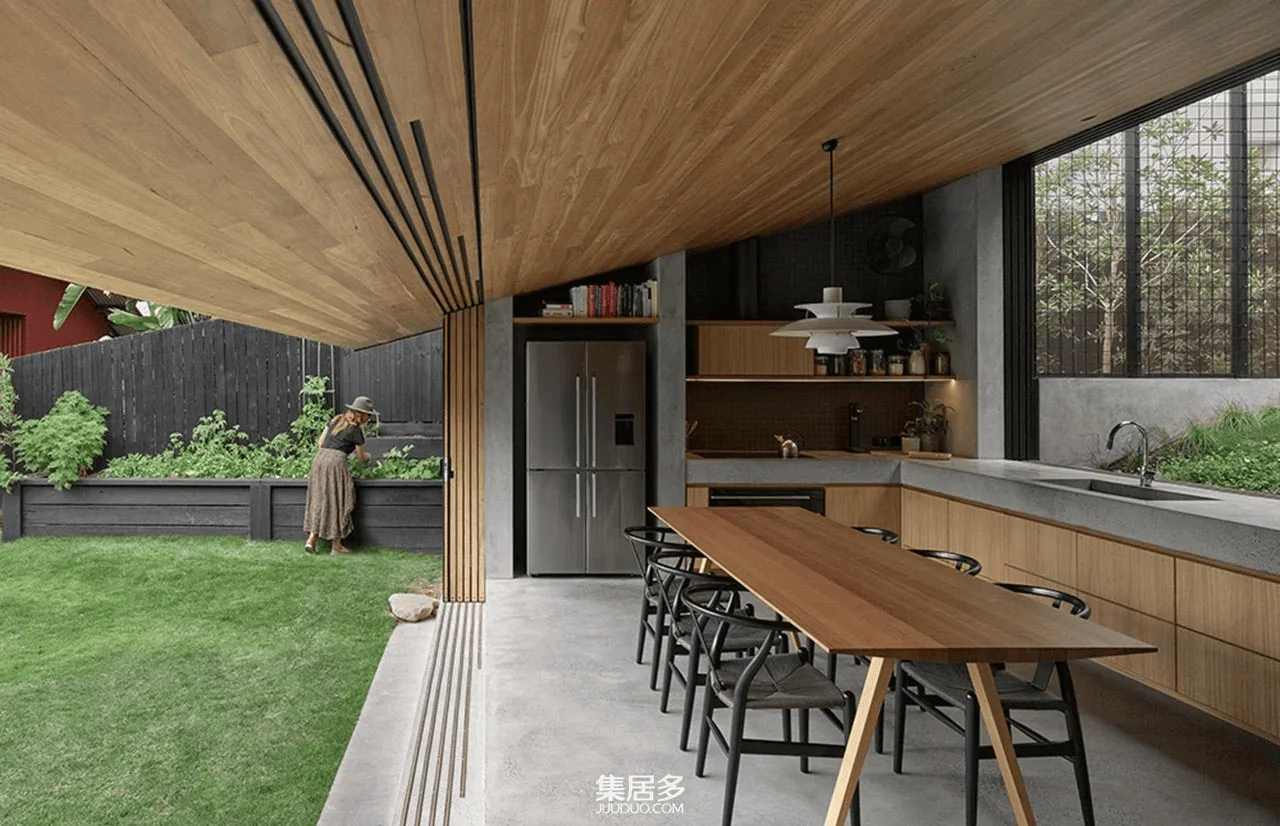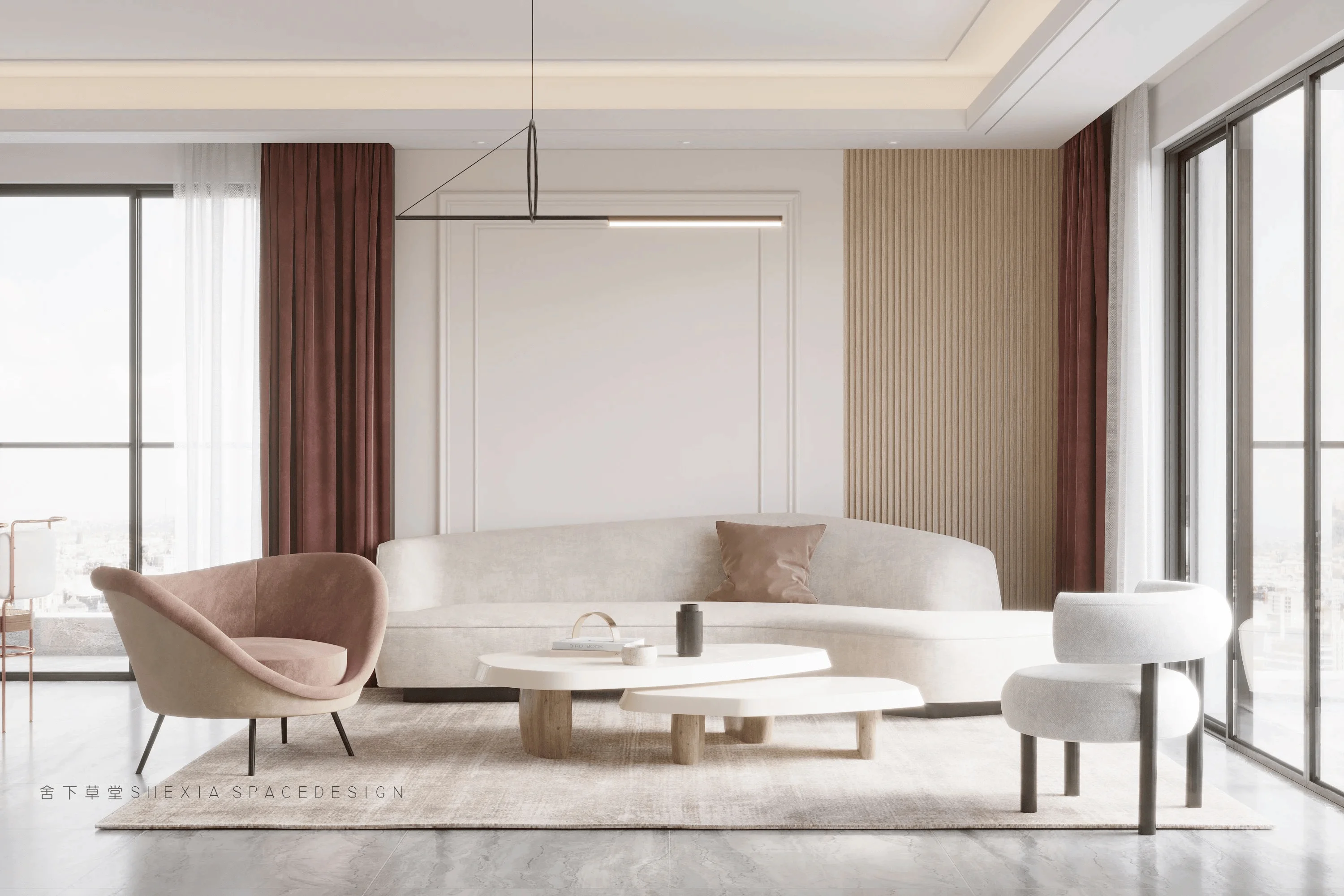Brisbane modern residence promotes human-nature symbiosis with green architecture design.
Contents
Creating an Urban Oasis: A Sanctuary of Nature
In the fast-paced urban jungle, finding a haven for the soul is paramount. A modern residence in Brisbane, Australia’s Sunshine State, has quietly sparked a revolutionary exploration of ‘harmonious coexistence between humans and nature’. This home is more than just a structure—it serves as a bridge for intimate interaction with nature, a refreshing urban oasis, making the beautiful vision of ‘humans and nature under the same roof’ a reality. This Brisbane residence embodies the essence of sustainable design, seamlessly blending with the surrounding environment to create a truly harmonious living experience. This project highlights the rising trend of biophilic design and its transformative potential to create spaces that promote well-being and connection with the natural world. It showcases the effective integration of natural elements, such as plants, wood, and light, into the building’s design to create a sense of peace and tranquility. The design features of the Brisbane residence include large windows and glass walls that offer expansive views of the surrounding greenery, fostering a strong connection to nature. The use of natural materials and textures, such as timber and stone, contributes to a warm and welcoming atmosphere that evokes a sense of peace and serenity.
Indoor Forest: A Marvel of Green Integration
Entering this dwelling is like stepping through an invisible gateway, instantly transporting you from the bustling city to a serene natural setting. Despite its limited footprint, the designers masterfully utilized every inch of space, skillfully weaving greenery into the interiors, shattering the traditional, stark demarcation between the outside and the inside. Tall trees and surrounding vegetation give the impression of being in a meticulously crafted indoor forest. This innovative design concept not only enhances the living environment but also allows residents to constantly feel nature’s breath, experiencing the rare tranquility and relaxation it provides. These green design elements not only purify the air but also help to regulate the temperature and humidity inside the house, making the indoor environment more comfortable and healthier for occupants. The green walls and living roofs also provide a visual feast, enhancing the aesthetic appeal of the building and promoting biodiversity in the urban environment. The project is a testament to the power of design to create a positive impact on human health and well-being. By integrating nature into the built environment, the Brisbane residence has created a space that fosters a sense of calm, promotes relaxation, and improves mental health.
Warmth of Wood: A Perfect Fusion of Natural Elements
In terms of interior design, the architects chose various types of wood as the primary material, coupled with dark color palettes, creating a warm and stable atmosphere. The texture and feel of the wood subconsciously evoke the primitiveness and purity of the forest, each touch a close conversation with nature. Living in such an environment is like undergoing a spiritual cleansing daily, allowing one to forget the worries of the world and return to inner peace. The use of natural materials like wood creates a strong visual and tactile connection to nature, contributing to a sense of calm and well-being for the occupants. The application of natural lighting and ventilation techniques creates a healthy and sustainable living environment while minimizing energy consumption. It demonstrates that natural materials can be seamlessly integrated into modern architecture to create beautiful and functional spaces that are also environmentally responsible. The project is a shining example of how biophilic design can be implemented in residential projects, creating a space that is both aesthetically pleasing and beneficial for the occupants’ physical and mental health.
Design Philosophy: Blurring Boundaries and Co-creation
The core concept of this residence lies in its ‘blurring boundaries’ philosophy. The architects believe that a clear division between humans and nature shouldn’t exist; instead, the two should be interdependent and coexist harmoniously. Therefore, in the design process, they steered clear of treating natural elements as mere decorative components, incorporating them as integral parts of the residence, seamlessly integrated with the building itself. This design approach not only enhances the quality of living but also reflects mankind’s respect and protection of the natural environment. The project shows a strong commitment to sustainability and environmental responsibility. This approach extends to the use of low-impact construction materials and techniques that minimize the ecological footprint of the project. The Brisbane residence provides a clear example of how architecture can play a vital role in fostering a more sustainable future. It illustrates the importance of integrating green technologies and sustainable practices in construction. The project is a testament to the idea that sustainable design can be both aesthetically pleasing and functional.
Future Trends: Green Architecture, Leading the Charge
As global concern for environmental protection and sustainable development intensifies, green architecture has emerged as the future trend of architectural development. The modern residence in Brisbane undoubtedly stands at the forefront of this movement, using practical actions to demonstrate the true essence of ‘green architecture’. By cleverly introducing natural elements, adopting eco-friendly materials, and leveraging technical approaches, this residence not only provides a healthy and comfortable living environment for its inhabitants but also contributes to the city’s sustainable development. This project serves as a model for other developers and architects who are looking to build more sustainable and environmentally responsible structures. The integration of green spaces and renewable energy sources into the design helps to reduce the building’s environmental impact, creating a more sustainable and resilient living environment. The Brisbane residence demonstrates that incorporating sustainable practices into building design can result in projects that are both beneficial to the environment and enhance the quality of life for residents. The project is a strong advocate for the adoption of green building practices in residential and commercial projects.
Conclusion: A Bright Future for Human-Nature Harmony
Amidst the lush greenery of Brisbane, this modern residence shines like a brilliant jewel, illuminating the path toward a future where humans and nature coexist harmoniously. It instills in us the conviction that as long as we design and create with care, we can find our own haven of tranquility in this clamorous world. Let us join hands, work together, and safeguard this hard-won green home. This residence is an inspiration to us all, demonstrating that we can create beautiful and functional spaces that are also environmentally responsible. The project inspires us to consider the impact of our design decisions on the environment and encourages us to strive to create projects that foster human well-being and environmental sustainability. By adopting the principles of biophilic design, we can create a future where humans and nature thrive in harmony, resulting in a more sustainable and enjoyable future for all.
Project Information:
Project Type: Residential
Architect: Studio Este
Area: Not specified
Year: Not specified
Country: Australia
Main Materials: Wood, Concrete, Glass
Photographer: Not specified


